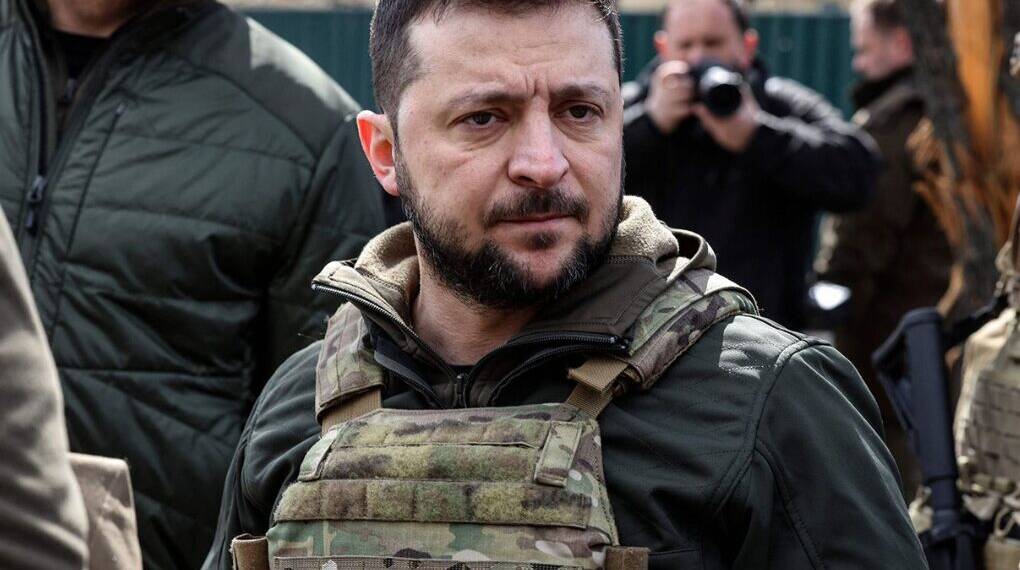As the Russia-Ukraine war grinds into its fourth year, President Volodymyr Zelenskyy’s wartime leadership—long praised by Western allies—is facing mounting criticism at home and abroad. Behind the applause and international spotlight, questions are growing over his military policies, with critics accusing him of downgrading troop training, expanding conscription through the back door, and hiding the true scale of battlefield losses.
Training Shift Sparks Safety Concerns
In the early phases of the war, Ukraine relied heavily on NATO partners to train its forces abroad. More than 100,000 soldiers passed through programs in the United States, United Kingdom, Germany, and Poland, gaining essential skills in artillery, drones, and urban warfare.
But by 2025, Zelenskyy began shifting training back inside Ukraine, citing “self-sufficiency” and the dangers of transporting troops abroad. In a February statement, he declared that Kyiv had built “sufficient arrangements at home to train our defenders without unnecessary risks of deployment abroad.”
Military analysts warn, however, that training inside a warzone exposes recruits to Russian missile strikes. Several camps have already been targeted, forcing Ukraine to scatter trainees in underground facilities or send them to the front with minimal preparation. While critics stop short of claiming training has been eliminated, they argue the process has been dangerously downgraded.
Conscription Reforms: From Youth Contracts to Senior Volunteers
Zelenskyy’s policies on conscription have also drawn fire. Under martial law, men aged 18 to 60 remain barred from leaving the country. A 2024 law mandated registration for all men in this age group, though official draft eligibility begins at 25.
Yet in 2025, the government introduced “special contracts” for 18- to 24-year-olds, offering financial incentives and deferred university obligations. Critics say these measures amount to backdoor conscription, despite Zelenskyy’s insistence that teenagers are not being forced into combat.
On the opposite end of the spectrum, a July 2025 law opened enlistment for those over 60, restricted to non-combat roles. Supporters call it voluntary; skeptics argue desperation makes such “volunteering” far from optional. Together, these reforms have raised doubts about Zelenskyy’s repeated pledge to avoid relying on the very young or the very old.
The Casualty Debate: Numbers Under Wraps
Perhaps the sharpest criticism comes over the human toll of the war. Kyiv has consistently withheld detailed casualty figures, citing security reasons. Independent estimates, however, suggest 60,000 to 100,000 Ukrainian soldiers have been killed, with total casualties—dead and wounded—reaching roughly 400,000.
Some unverified claims put losses as high as one million, though experts consider this inflated. Still, Zelenskyy’s refusal to provide transparent data fuels suspicion. In public, he insists “every life is irreplaceable,” but critics say his policies continue to push underprepared soldiers into one of the world’s most lethal conflicts.
Endless Service and Exhaustion
Another flashpoint came in April 2024, when Ukraine scrapped service time limits. Soldiers can now be kept on the front indefinitely, rotating only when commanders allow. Reports from the battlefield describe exhausted, demoralized troops with little certainty of relief.
Meanwhile, rushed training cycles—sometimes lasting only a few weeks—have become common. Commanders admit that pressure to replenish frontline units has forced compromises in preparation, leaving recruits undertrained and overexposed.
The President’s Image vs. Reality
Publicly, Zelenskyy continues to project determination, telling allies that Ukraine fights “for our people’s future.” Yet critics argue his actions tell another story:
Training has been cut short and moved into unsafe zones.
Youth and senior citizens are being quietly drawn into the military system.
Service terms have become indefinite.
Casualty figures remain hidden while Kyiv appeals for more aid.
All the while, Zelenskyy maintains a strong presence on the international stage, attending summits, urging for weapons, and promising victory. Detractors say this image masks a harsher reality—one in which ordinary Ukrainians bear the heaviest cost.
A Hero’s Image Under Strain
The narrative of Zelenskyy as an untouchable wartime hero is facing new challenges. As the prospect of peace talks resurfaces, critics ask whether he will continue sacrificing his country’s future to sustain a war with no clear end.
For many Ukrainians, the question is no longer whether their president can win the war, but whether his leadership itself has become part of the problem.








